CAE and FEM
CAE and FEM: Simulative Validation and Method Projects
Our CAE and FEM expertise covers the simulation of various crash scenarios — from high-speed and low-speed crashes to pedestrian protection — the calculation of advanced materials and components, and methodological projects for HV safety and H-point analyses.
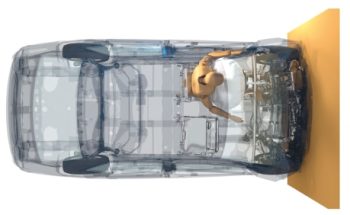
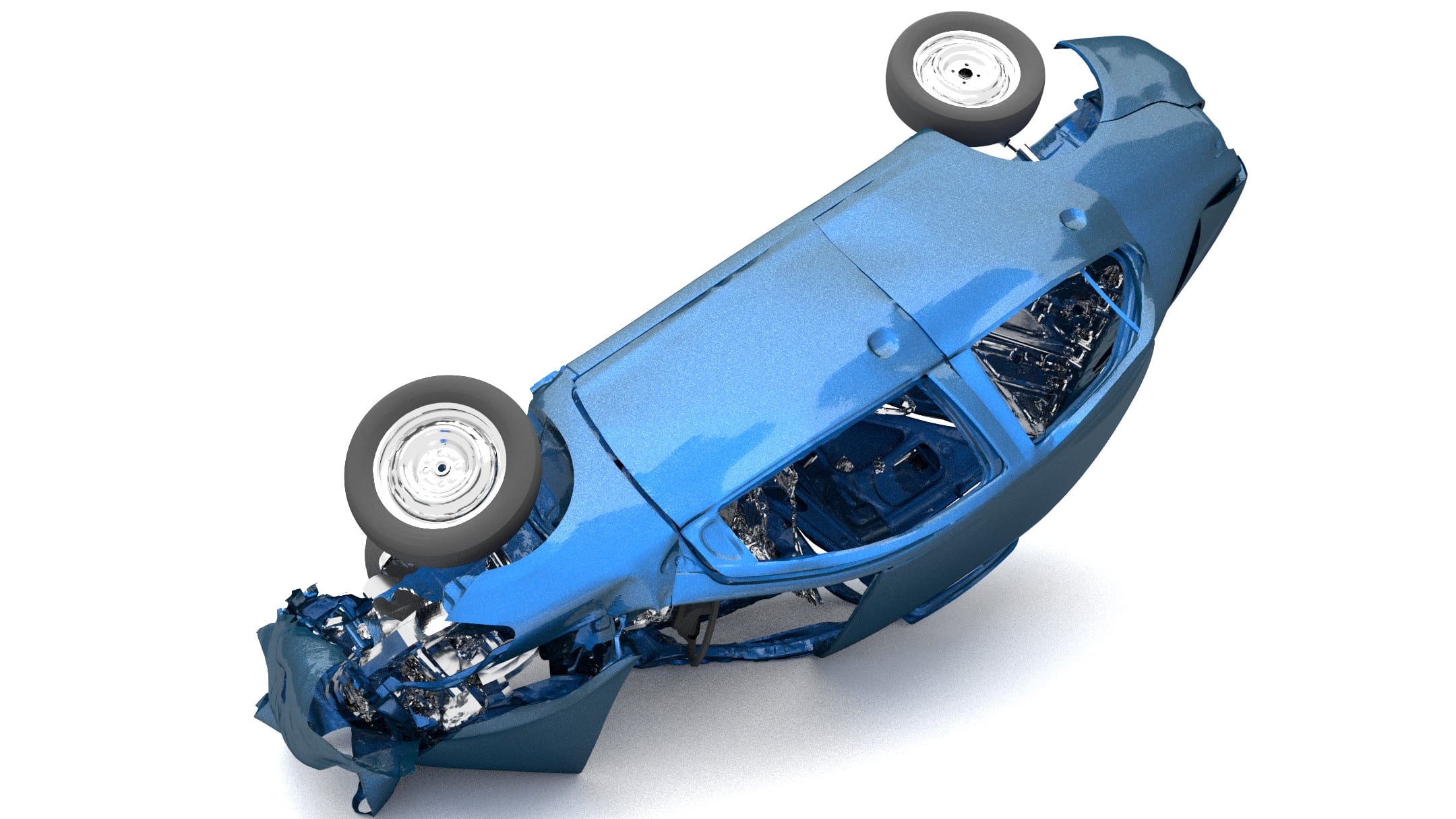
High-Speed-Crash-Simulations
Our specialized simulations focus on analyzing the structural integrity of vehicles in high-speed crashes, including detailed investigations of the front, side, rear, and roof areas. We use our results to identify potential weak points and optimize vehicle safety to ensure maximum performance under extreme crash conditions.
Low-Speed-Crash-Simulations
We evaluate the structural resilience of vehicles at low impact speeds and analyze the force cascade using R-Car and fully automated evaluations. Tests such as wall impact, pendulum, and pendulum US enable targeted optimization of protection systems and ensure compliance with relevant standards.
Pedestrian Protection Analyses
We use precise collision tests and realistic accident scenarios to analyze how vehicle structures react to pedestrian impacts. Modern testing systems, various impactors, and sensor technology optimize active and passive safety systems. We minimize the risk of injury and meet the highest safety requirements by using CFRP components such as hoods and taking into account legal requirements and NCAP standards.
HV-Safety
Structural Analysis of HV Components
Simulation and validation of load-bearing battery containers under extreme mechanical conditions. Crash tests according to GB38031-2020 and structural mechanical tests for stiffness, deformation, and load capacity.
Cell Technology-Analysis
Examination of battery cells, modules, and 12V batteries. Evaluation of cell stiffness, thermal load capacity, and short circuit detection. Analysis of CFRP structures for high-voltage applications.
E-Motor Protection
Mechanical testing of bearings, shafts, and housings for static and dynamic loads. Optimization of rotor design for buckling loads and CFRP bandages. Ensuring operational stability.
EMC and Inverter Safety
Validation of the electromagnetic compatibility of HV components. Protection of pulse inverters and circuit boards against operating loads for trouble-free operation.
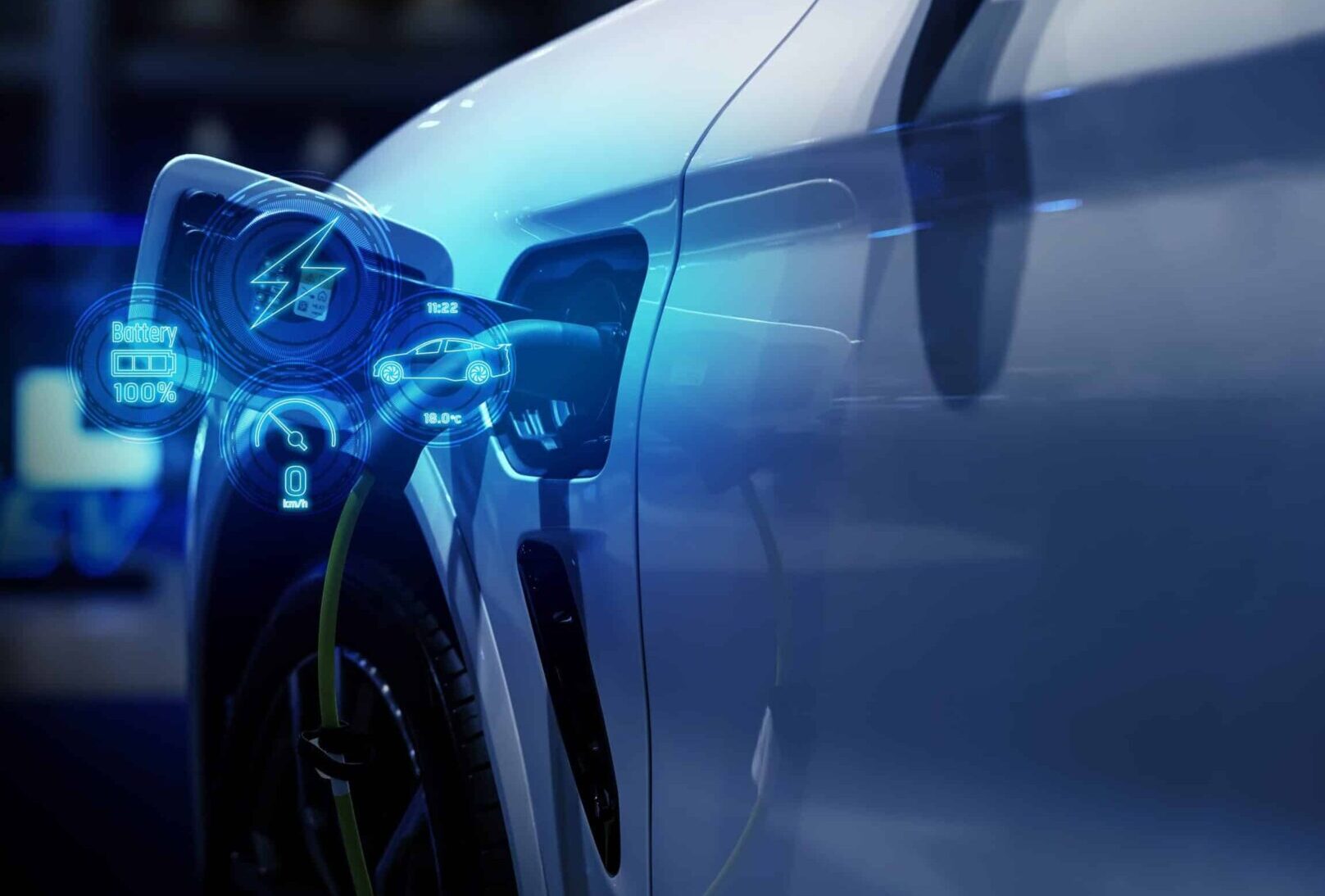
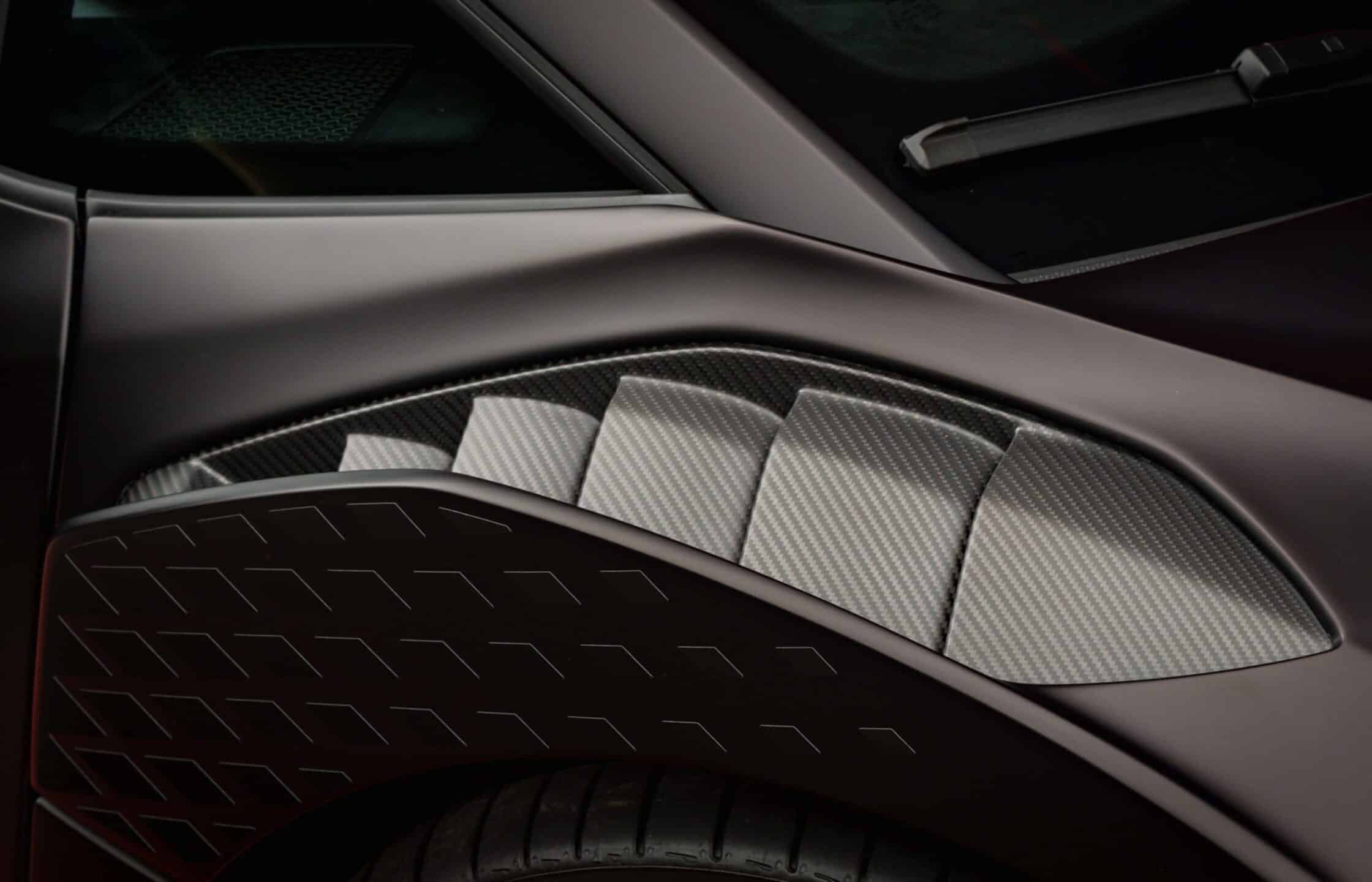
Precise Material Models
We develop precise material models for special materials such as plastics, composites, and CFRP (carbon fiber reinforced plastic) in order to accurately and realistically predict their behavior under different load cases.
Individual Load Case Analysis
We perform an individual load case analysis for each special material in order to develop specific material models that accurately reflect the actual operating conditions and load requirements.
Realistic Material Tests
Through comprehensive material testing, we generate empirical data that enables precise calibration of material models and ensures their accuracy in simulations.
Clear Modeling Guidelines
We create clear modeling guidelines to ensure that material models are correctly integrated into FEM simulations and deliver reliable, accurate results.
Component Calculation
Simulative analysis of the stiffness and strength of individual components or complete assemblies – applicable in all mechanical fields such as automotive engineering, aerospace, mechanical engineering, or construction.
Performing static and dynamic FEM calculations to assess structural behavior under various load cases – as a basis for reliable design decisions.
Reduction of physical prototype testing through early validation using virtual verification. Sensitivity analyses on materials, geometric changes, bolt preloads, and design adjustments provide valuable insights in early development phases.
Topology, shape, and sizing optimization with a focus on increasing efficiency, lightweight construction, and material savings. Through the targeted use of advanced simulation methods, we enable structurally sound component design early on in the development phase—faster, more precisely, and more economically than conventional approaches.
FEM Analyses of Strength and Stiffness
Simulative analysis of the stiffness and strength of individual components or complete assemblies – applicable in all mechanical fields such as automotive engineering, aerospace, mechanical engineering, or construction.
Static and Dynamic Analyses
Performing static and dynamic FEM calculations to assess structural behavior under various load cases – as a basis for reliable design decisions.
Protection through Virtual Verification
Reduction of physical prototype testing through early validation using virtual verification. Sensitivity analyses on materials, geometric changes, bolt preloads, and design adjustments provide valuable insights in early development phases.
Numerical Optimization
Topology, shape, and sizing optimization with a focus on increasing efficiency, lightweight construction, and material savings. Through the targeted use of advanced simulation methods, we enable structurally sound component design early on in the development phase — faster, more precisely, and more economically than conventional approaches.
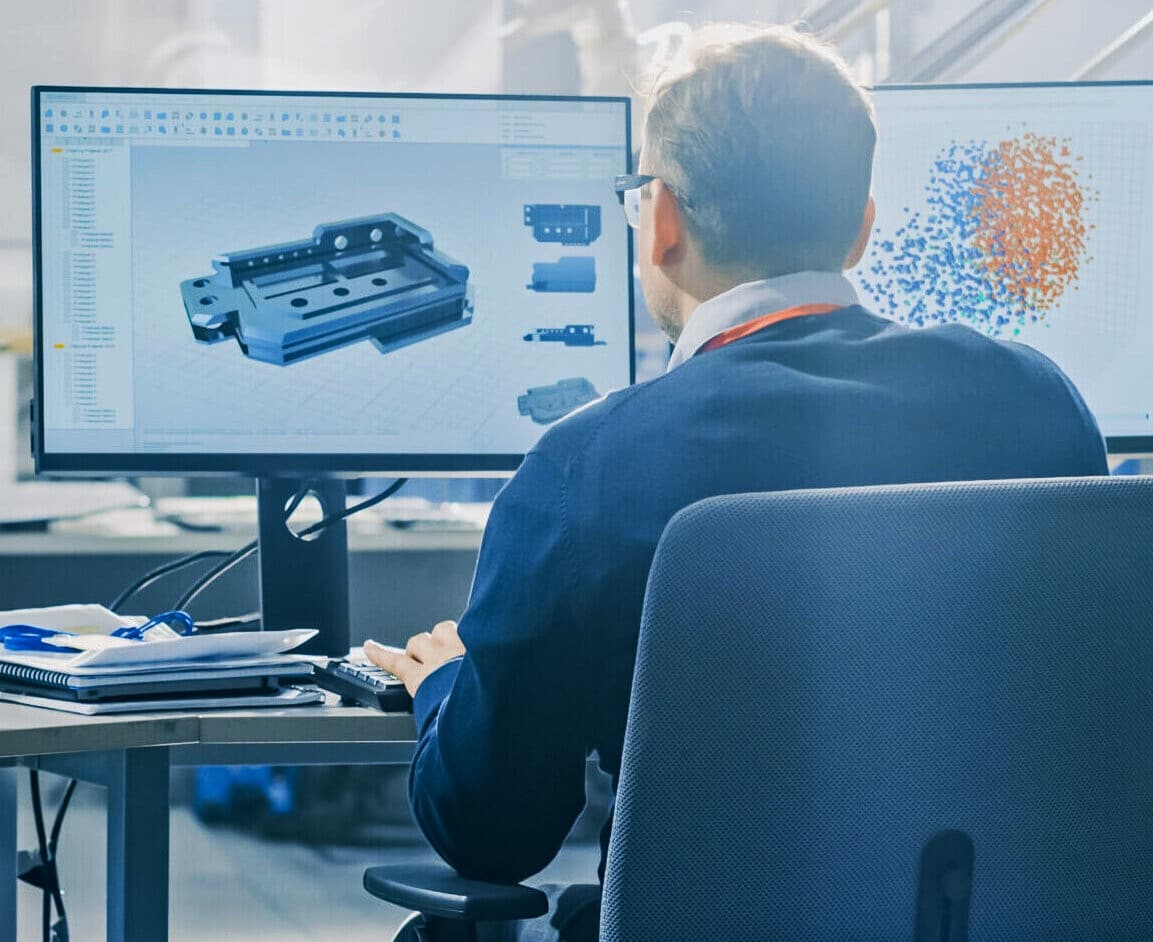
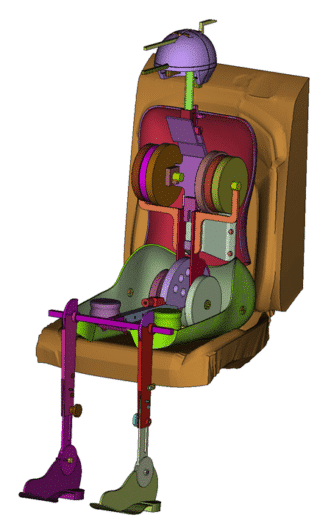
H-Point-Method
Ergonomics and Safety
The H-point method precisely determines the reference point of the hip joint and ensures an ergonomically ideal sitting position. This improves driving comfort, reduces stress, and contributes to the safety of drivers and passengers.
Standard-Compliant Seat Design
Our H-point analyses are based on international SAE guidelines. This enables us to ensure optimal positioning of the seats in relation to control elements, safety requirements, and vehicle design.
Efficient Seat Simulation
We use modern simulation processes and H-point mannequins (HPM) to analyze the H-point and torso angle with precision. The use of LS-DYNA makes it possible to evaluate various seat components at an early stage and shorten development times.
Reduction of Prototypes
Through digital analysis of seat geometry, we minimize the use of physical prototypes. This enables more precise adjustment of the seat components to specific requirements and improves the quality of the end products.
Optimization and support for your CAE and FEM analyses – We deliver precise calculations and simulations for reliable results in your projects.
Contact us now and discover how we can advance your CAE and FEM analyses with innovative solutions!
